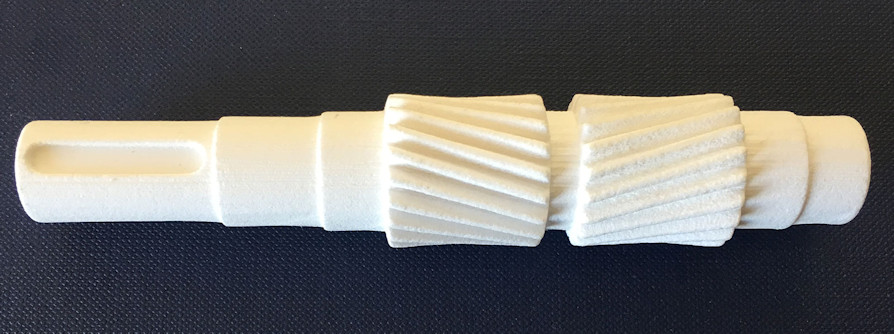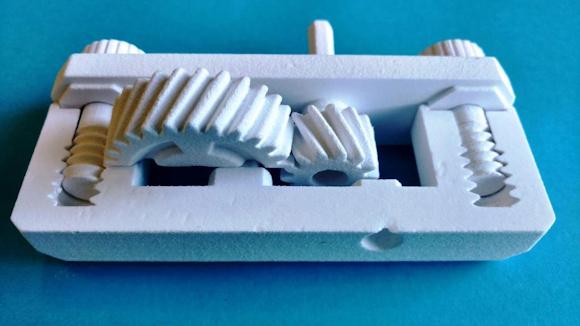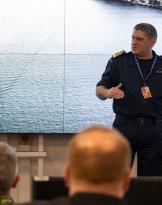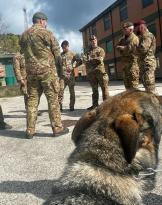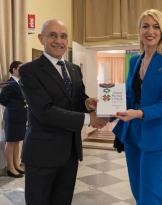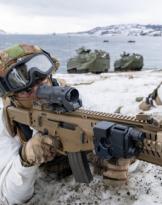On 4 July 2017, the first object with additive technology, called "Additive Manufacturing", better known to the general public as "3D Printing", was created at the Naval Support and Experimentation Center in La Spezia.
Il Platform System Department of the CSSN, at the helm of the "Additive Manufacturing" project (3D printing technologies) as part of the logistical support to the Navy, after a period of study and technical in-depth analysis, used the 3D printer for the of a gear and a gear box (reduction gear) in low resolution in composite material.
This printer works by converting a three-dimensional drawing file, built using CAD 3D, into cross-sections, between 0,003 and 0,09 mm thick, then printing them one after the other, from the lower part of the design to the upper part. This process is divided into a phase where a layer of ceramic powder of the same thickness as the cross-section to be printed is diffused, after which the head of the printer will apply a binding solution to the ceramic powder, allowing the particles to agglomerate first and harden later.
The printer uses a specific technique to quickly create large parts, first the binding solution is applied in higher concentration around the edges of the part, creating a strong shell outside the object, while the remaining areas are printed with a lower saturation, which gives them stability, cost-effectiveness and production speed.
The mechanical characteristics of the objects created can be modified by the infiltration of epoxy resins, cyanoacrylic liquids or waxes depending on the type of use for which they are intended.
The "Additive Manufacturing" project strongly desired by the Navy has the main purpose of reducing the costs of managing stocks and increasing the operational availability of the Naval Units. In fact, the great industrial development that technology has recorded in the field of printing three-dimensional objects, also consisting of metallic materials, opens up new prospects for improvement in the logistical support field, allowing for the availability of some types of spare parts almost in real time where necessary, eliminating in a conspicuous way the chain of transfer of the same.
